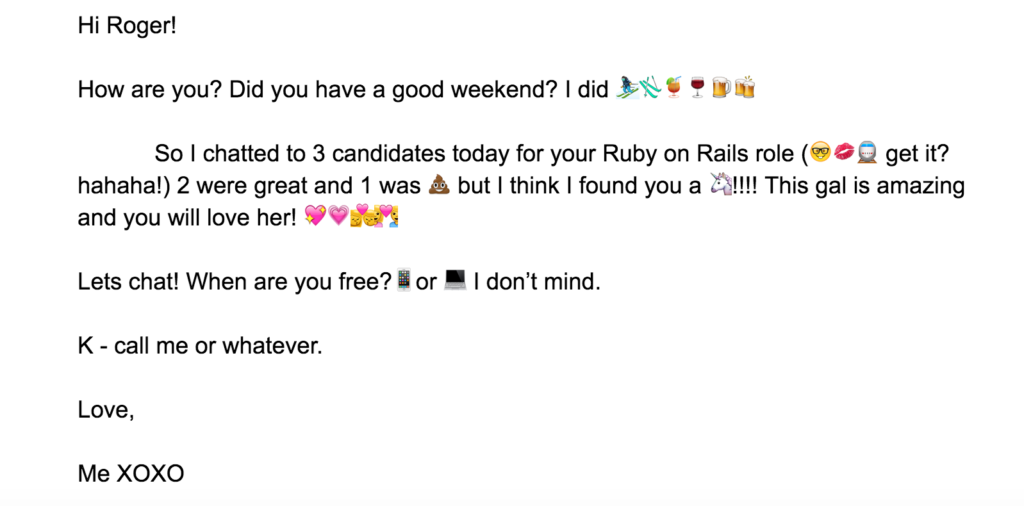After chatting with our clients and colleagues who share our coworking space, the consensus is that “obvious” etiquette rules are not so obvious to everyone. That’s why we decided to put together this quick workplace etiquette refresher. These 3 essential workplace etiquette rules will help things run smoother in your business. Check them out, your colleagues will thank you.
1. Workplace Etiquette: Headphones
This was an interesting one. Using headphones in the workplace is a very common occurrence, especially as the world moves more towards the open plan workspace, desk-sharing and coworking spaces. The idea is that you can put on your noise cancelling headphones, absorb yourself into your work, and power through the day. That seems great!

But what are the non-verbal, perceived manners and thoughts around wearing headphones in the workplace?
- People don’t want to disturb you when you’re wearing them
- Maybe you’re wearing headphones because everyone around you is chatting but you need to concentrate
- You just don’t like your coworkers
- You’re an introvert and you feel like wearing headphones means you don’t have to talk to your colleagues
- You work in tech: everyone wears them.
- You like to listen to Justin Bieber on repeat and you don’t want your co-workers to know.
If you take the above reasons as a free pass, consider how your colleagues may perceive you while you’re wearing headphones:
- You don’t want to talk to them
- Their chitter chatter and gossiping is annoying
- You’re unhappy at work and this is the only way you can get through it
- You’re working on stuff that is WAY top important to be disturbed—so you’re more important than everyone else
Why It Matters
Communication around using headphones seems to depend massively on your company’s culture and how the work environment is perceived. One way to avoid ANY of the above miscommunication is to come up with a nonverbal signal. One of our clients have squidgy stress toys that they put on top of their computer when they are working on time-sensitive, deep-thinking work. The squidgy toy shows to others that they are asking to not be disturbed for a period of time. Once that time-sensitive work is done, the squidgy toys come off their computers and their co-workers are free to connect any time they want—headphones or no headphones.
2. Time Integrity
This one is simple. If you say you will a) be there, b) do something, c) commit to something by a certain time—just do it! If for some reason something changes, let the person know in advance—rebook, renegotiate the deadline, recommit. Don’t sail past the deadline without a care in the world, apologize afterwards, and just assume this will be okay.

Why It Matters
Your carelessness implies that you don’t respect the other person’s time/effort/other work commitments. By rebooking, renegotiating, or recommitting, you are saying “your time is valued and important to me.” You’re also giving that person the ability to manage their own time and commitments.
3. Emoji & Emoticons in Client Emails and Texts
Most of us love to send emoji, but try yout best to avoid emailing your client something like this:

Why It Matters
As much fun as the above email looks fun, it lacks professionalism. Don’t debase your hard work, or the respectful relationship you share with your client or coworker. On top of this, you risk setting yourself up for failure. What happens when you need to have a tough conversation with your client or coworker? How do you strike a balance between the email above and sounding like a lawyer? Never put in writing what you don’t want the whole world to see.
Let’s use our best judgment when sending emails to each other and to our clients—and remember that email communication can be considered legally binding and used as evidence in a court of law. Many companies have an email and communication policy. Review your company precedent and try to tailor your communication to match that of your brand. You can still be you, it’s all about finding the balance.
Here at BLANKSLATE, we don’t think manners are dead. But we do recognize that in this fast-paced, evolving world, some traditional courtesies have become stale and outdated. Many workplace etiquette rules now take a different form. If you’d like some help deciphering these new norms, give us a call. We’ve developed a useful Business Etiquette Course that will bring clarity to all these “unspoken” rules.
